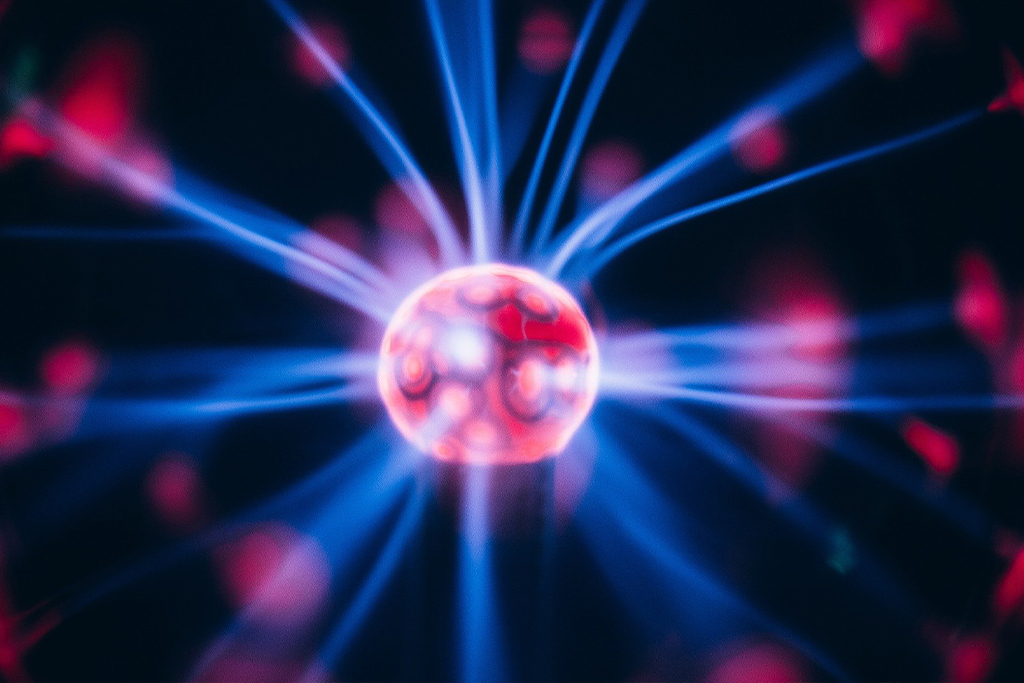Nearly 50 years ago, astronaut Neil Armstrong spoke those famous words as he descended from the ladder of Apollo 11’s Lunar Excursion Module (LEM) to step onto the surface of the Moon, the first astronaut ever to do so. Many believe that was NASA’s finest moment. But in reality NASA has had many memorable successes especially in regard to modern medicine.
And as SpaceX’s rocket and Tesla’s Roadster with accompanying Starman travels its orbital Route 66, it is worthwhile to look back and honor the pioneering work of NASA.
NASA also known the National Aeronautics and Space Administration is an independent government agency that was established by President Dwight D. Eisenhower in 1958 to study space science not for militaristic reasons but for peaceful civilian purposes. Many of its space flight programs employed the best and the brightest and partnered with many national labs to develop materials, propulsion technologies, rockets, telescopes, space suits, equipment, foods and tools using varied experiments to enlighten and educate us all about our world, the galaxies and vast array planets beyond it.
Through our International Space Station, scientists have gleaned psychological and physiological insights into crew health and welfare on long missions and flights. Our Foundation has sponsored a symposium on the important differences between male and female astronauts who are exposed to space travel. There are very different vulnerabilities – and advantages- for each of the sexes. To access the proceedings of the symposium, go to http://journals.sagepub.com/doi/full/10.1089/gg.2017.29004.rtl
Incredibly, NASA has a long impressive series of firsts aside from launching men, women, and doctors and animals into space. NASA has launched satellites, missiles, and developed technologies to transmit images and run lunar terrain vehicles—technologies that are omnipresent in many of our must-haves such televisions, mobile phones, automobiles and homes… and even our clothing through innovative textiles.
However, NASA didn’t always instigate medical or scientific breakthroughs, but it often used existing technologies that led to other breakthroughs and/or improvements. For example, NASA didn’t invent Magnetic Resonance Imaging (MRI), but its Jet Propulsion Laboratory developed digital image processing to enhance pictures of the Moon. Those enhancements contributed to more effective MRIs, CT or CAT Scans (also known as computerized tomography).
In 1995, engineers at the Johnson Space Center in Houston worked with Dr. Michael DeBakey to develop an artificial heart pump (ventricular assist devices) based on the space shuttle’s fuel pumps. This device helps keep people alive as they wait for heart transplants.
More recently, NASA’s Innovative Partnerships Program at the Marshall Space Flight Center sponsored clinical trials on the uses of a light technology that was originally developed for plant experiments on space shuttles. A Wisconsin company and a research center sponsored by NASA at the University of Wisconsin at Madison devised this technology to help reduce the painful side effects of chemotherapy and radiation treatment in cancer patients who have bone marrow or stem cell transplants.
NASA can claim credit for a wide variety of medical innovations, from ear thermometers and automatic insulin pumps to implantable heart defibrillators and improvements in digital mammography technology.
Here are a few of the many medical advances that came in part or completely from NASA collaborations that were commercially transferred to industry:
- Artificial limbs
- Digital imaging breast biopsy system known as stereotactic large-core needle biopsy which came from Hubble Space Telescopetechnology
- Excimer Laser angioplasty was first developed by NASA’s Jet Propulsion Lab to sense or through the ozone layer then used for the heart
- Cool suits to lower body temperature in treatment of various conditions
- Light Emitting Diodes (LED) for help in muscle pain treatment, MS, Parkinson’s and other diseases
- Programmable pacemakers
- Tools for cataract surgery and better contact lenses
- Space blankets that can protect astronauts against radiation in space and keep hikers warm on Earth
Today as NASA prepares for the day when it launches astronauts on a mission to Mars, humans will take yet another giant leap. NASA scientists are continually using new technologies and computational models in experiments to better understand the gender-specific features of the aging body and brain, physical isolation and confinement as well as other medical and scientific gaps. The knowledge gained from this research could give NASA and all of us even greater breakthroughs in health and medicine in the years to come.
Strategic Communications Professional/Content Strategist/Marketing Communications Consultant





